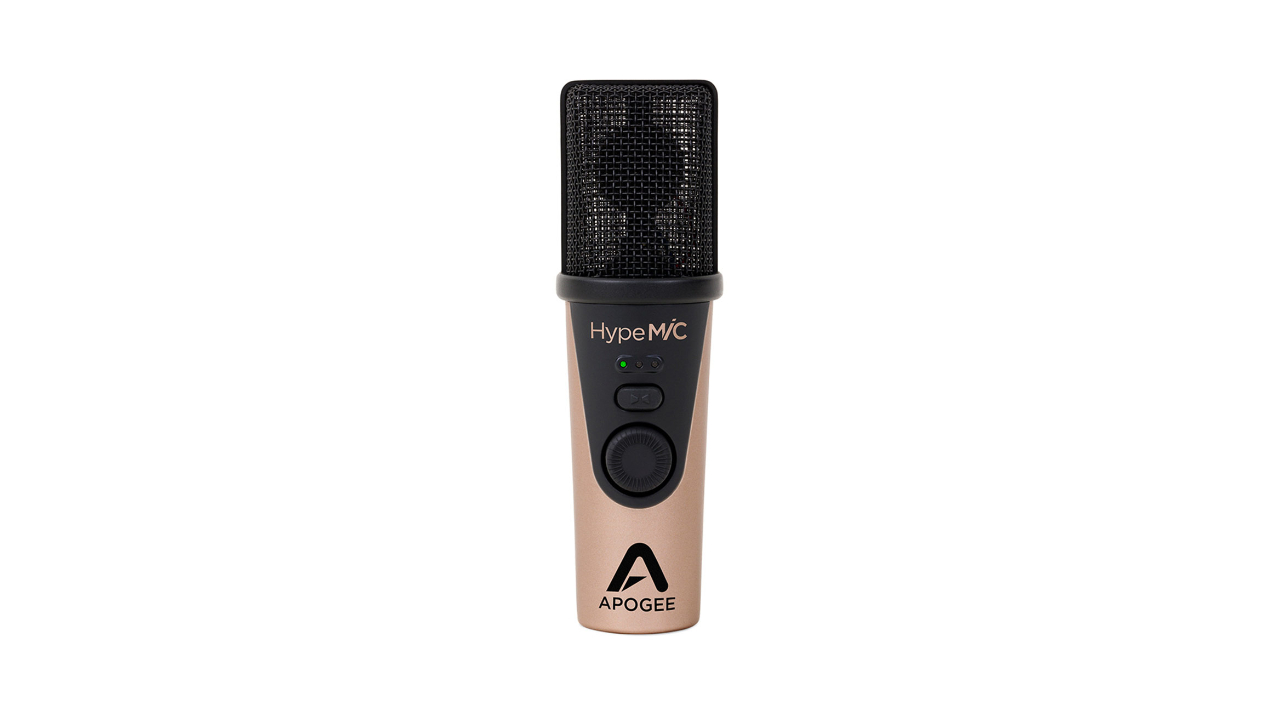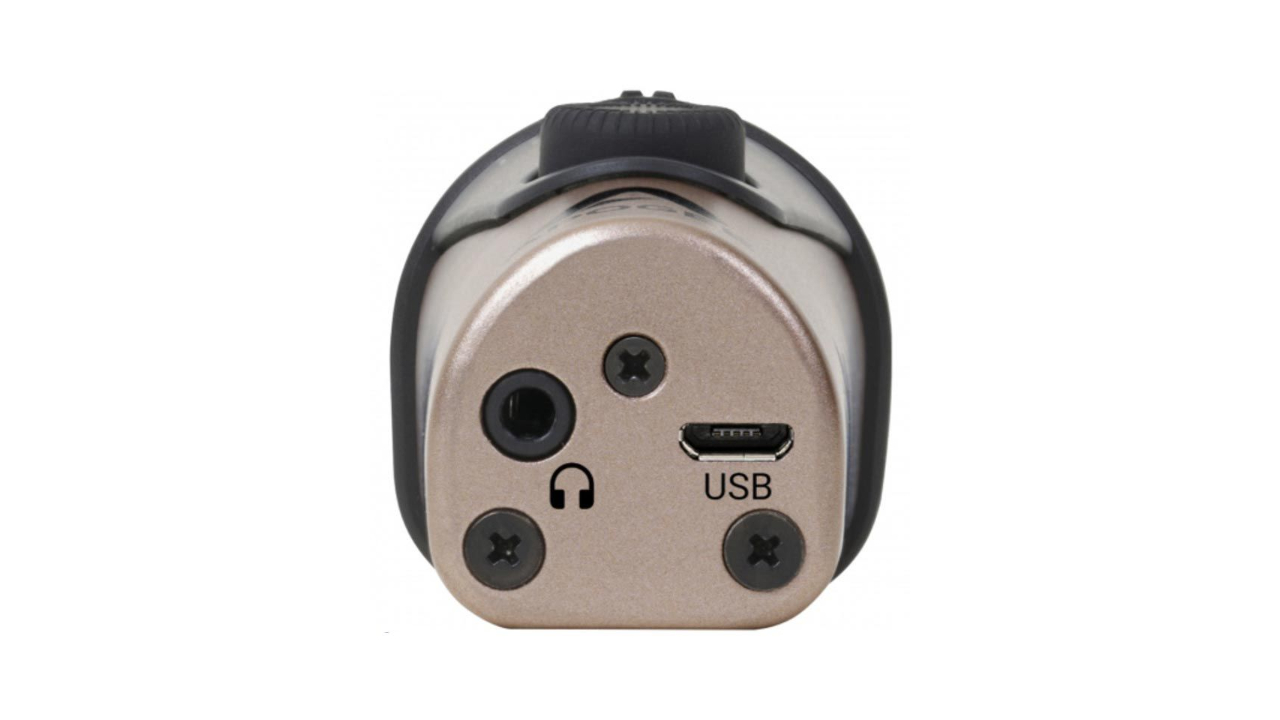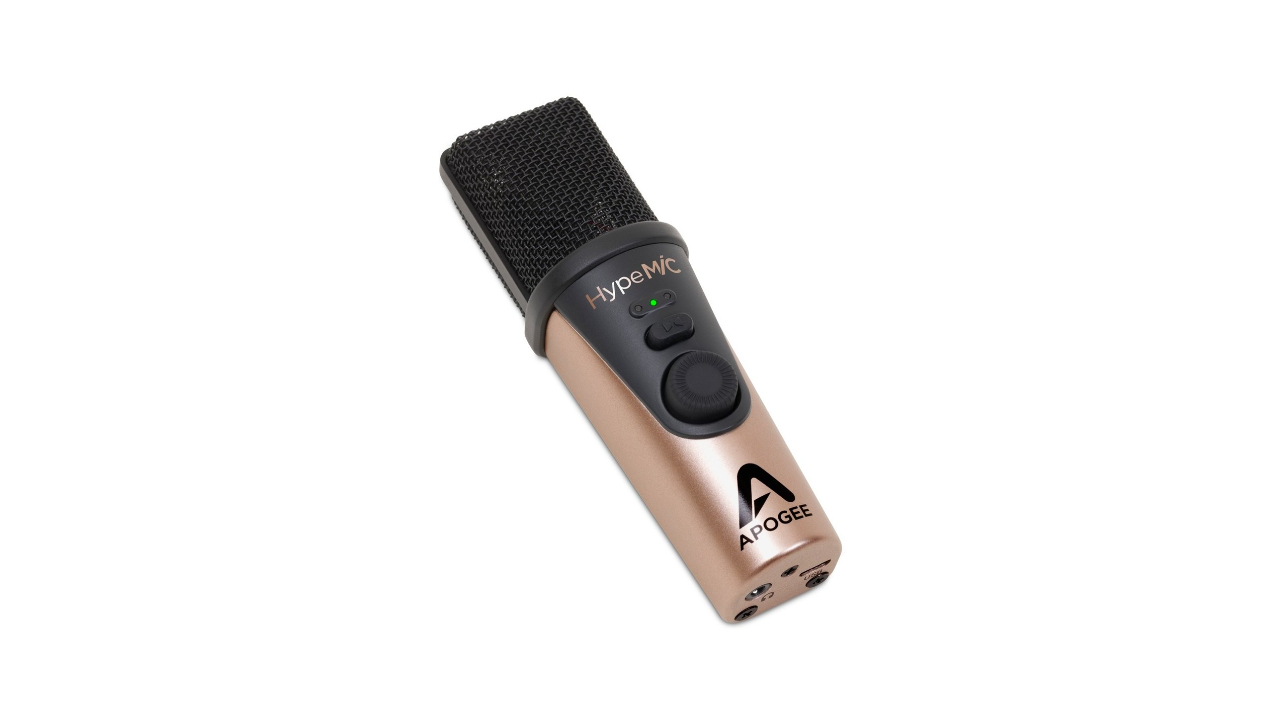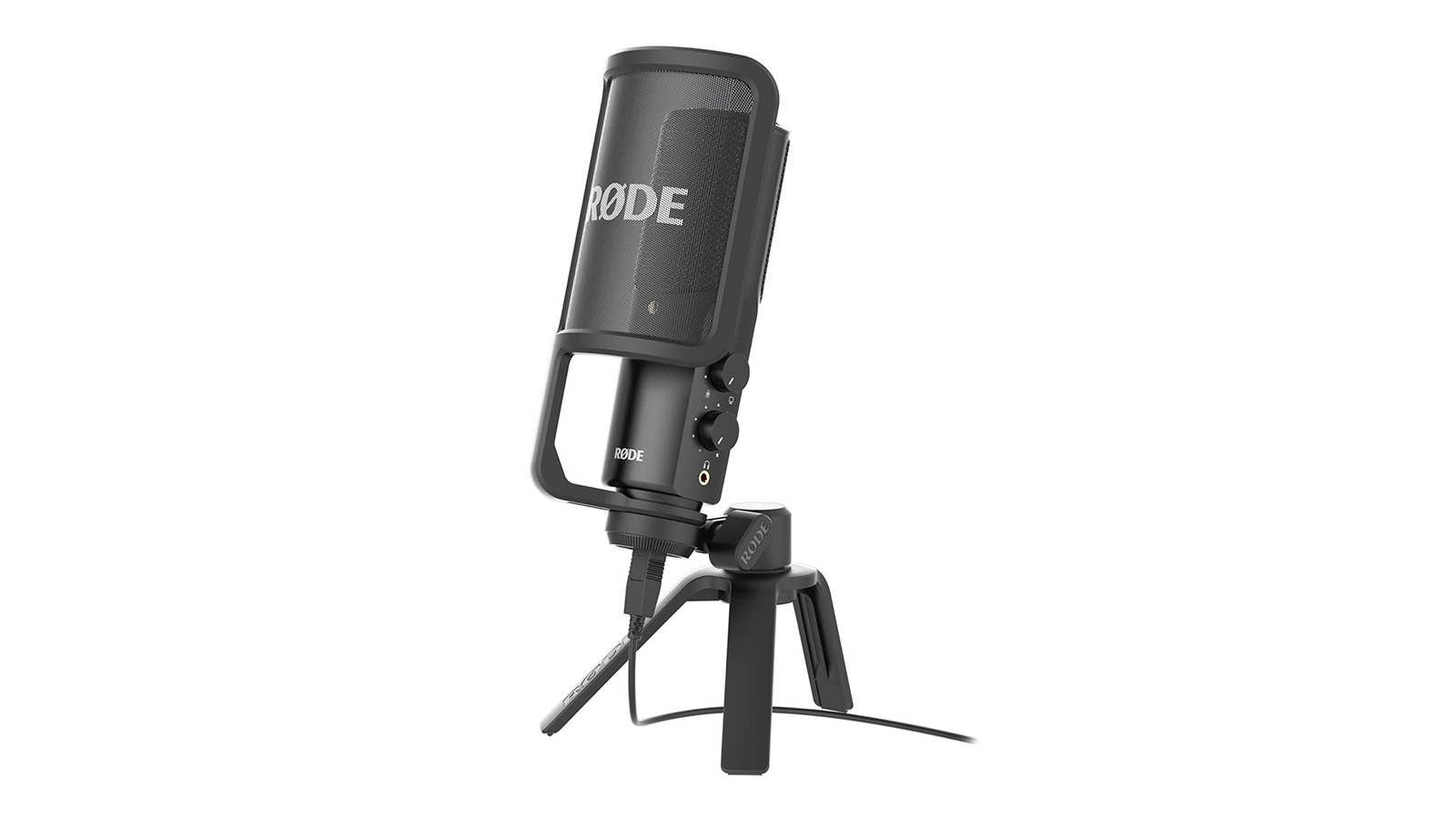MusicRadar Verdict
The analogue compression feature is the icing on an already rich cake as the mic itself records in crystal clear quality as you might expect from a company with Apogee's credentials. We also like the fact that it is truly mobile ready, with everything you need to connect up to your laptop or iOS device. And with a bundle that includes tripod, pop filter and a decent carry case, this really is a great all-round and fantastic sounding USB microphone package.
Pros
- +
Hi quality 24/96 recording
- +
Fantastic analogue compression
- +
Great bundled extras
- +
Good level indicator
Cons
- -
Price is high compared to many USB mics
MusicRadar's got your back
Apogee HypeMic review: What is it?
USB microphones are all the rage now, mostly because podcasting and streaming are as popular as they've ever been. But as prices tumble as the competition hots up, should you really be spending well into three figures for a USB mic? The answer is probably only 'yes' if the microphone has a truly unique, 'must have' option. Luckily, the Apogee HypeMic claims to have just that.
Apogee Electronics is well known for its high-quality audio interfaces, but in recent years the company has been ploughing much of its knowledge into USB mic development. It now has a number of models to choose from including the MIC Plus studio microphone and the NITE Mic aimed at gaming and streaming. Yet another, the HypeMic reviewed here, boasts that must-have feature. It is, the company claims "the only USB microphone with built-in analog compression". This should, as we shall see, give you a unique recording option at source and the chance to capture even better recordings.
Other features of the Apogee HypeMic include a Gain knob, one of the clear and present features of USB mics because they don't require external amplification. The input levels are indicated by the HypeMic's status LEDs – a useful feature and not present on many, albeit cheaper USB mics. The Gain knob also doubles as a mute control which is great for use when podcasting or Zooming. You also get a 3.5mm headphone jack, another practical feature, this time for monitoring your own output in noisy environments, and with zero latency monitoring there shouldn't be any delay issues when doing so. Finally, there's also a blend option, a neat touch allowing you to mix the source recording with the signal from your DAW.



Apogee HypeMic review: Performance & verdict
The mic works straight out of the box, as USB mics should, with plug n play connectivity to either desktop DAWs or mobile DAWs like GarageBand (and there's a lightning adaptor included, which seems like a bonus these days but should come as standard). A blue LED shows the mic is connected and, when green, that it is connected to your DAW.

We'll move onto that compression feature now as it really is a unique one. HypeMic incorporates analogue signal processing to deliver three levels of compression, all brought in using the Gain switch. The mic is usually in Hype mode, but press the Gain once to get one lit LED to put it in the low compressor ratio Shape mode. Press to get two LEDS and you are in Squeeze mode with a higher compression ratio; all three LEDs lit up equals Smash mode for maximum compression.
Compression is used to get a much more even signal level when recording vocal and other sources. It effectively raises the level of the lowest part of the signal but not necessarily the overall output level so the signal becomes more even and present. With the compression on the HypeMic, if you just want some subtle evening out of the input signal, perhaps for use on delicate instrument recordings, then choose Shape mode. If your source audio needs more reining in, then turn to Smash mode. It is for signals that really vary in their dynamic range and is designed to 'smash' them together so that they can be raised within a mix as one.
There's a fantastic and clear example of this compression in action in the Apogee video linked below where a very inconsistent vocal is compressed to sit on top of a mix rather than hidden within it. On the HypeMic, this feature really does work well in practice, and is one of those features that you don't realise you want until you use it although, of course, compression can be added later on in the recording process with your DAW.
Want all the hottest music and gear news, reviews, deals, features and more, direct to your inbox? Sign up here.
Apogee HypeMic review: Hands-on demos
Apogee Electronics
Henny Tha Bizness
Apogee HypeMic review: Specifications
- Includes: Desktop tripod, tripod adapter, pop filter, cables including a microB to lightning
- Sample rate: 96kHz
- Bit rate: 24-bit
- Capsules: Medium diameter capacitor
- Polar patterns: Cardioid
- Frequency response: Not stated
- Max SPL: 130dB
- Contact: Apogee
Andy has been writing about music production and technology for 30 years having started out on Music Technology magazine back in 1992. He has edited the magazines Future Music, Keyboard Review, MusicTech and Computer Music, which he helped launch back in 1998. He owns way too many synthesizers.
